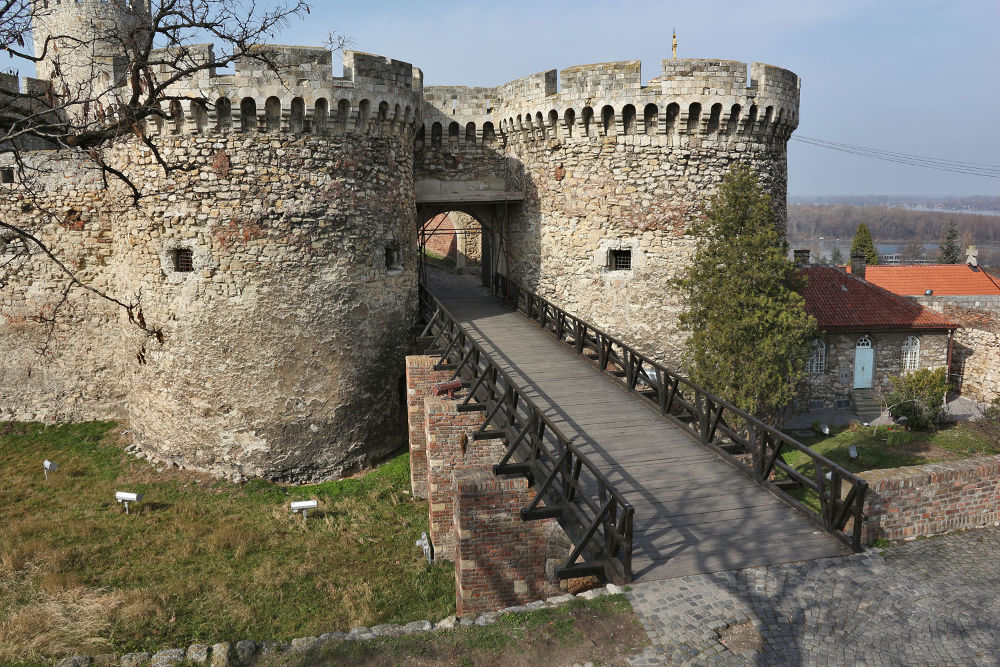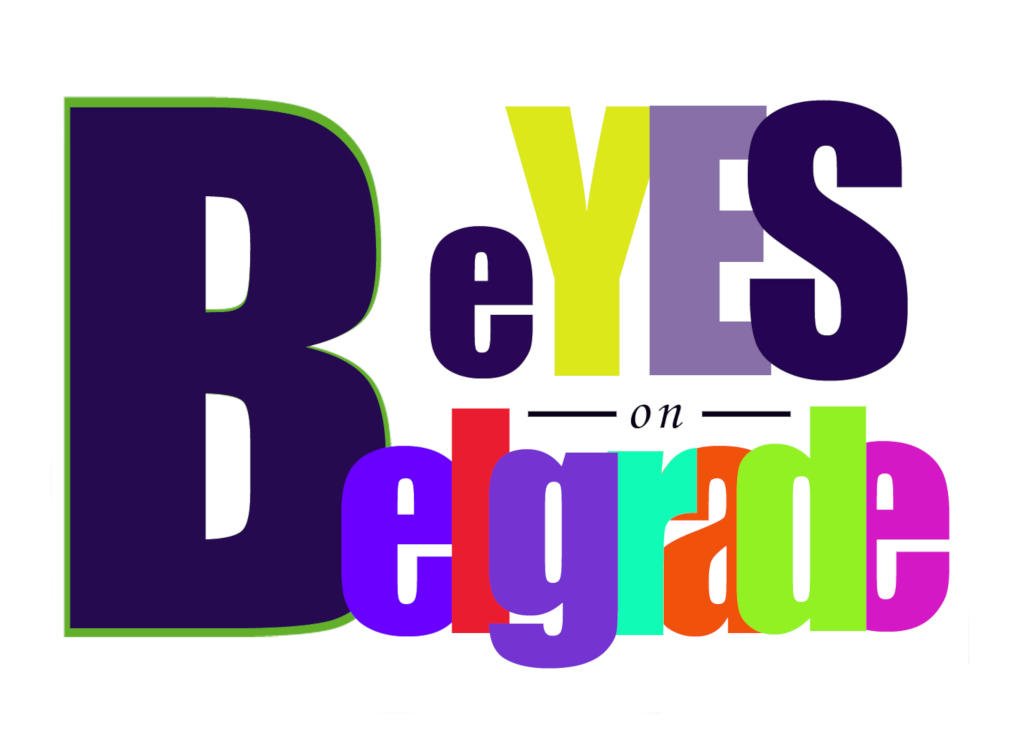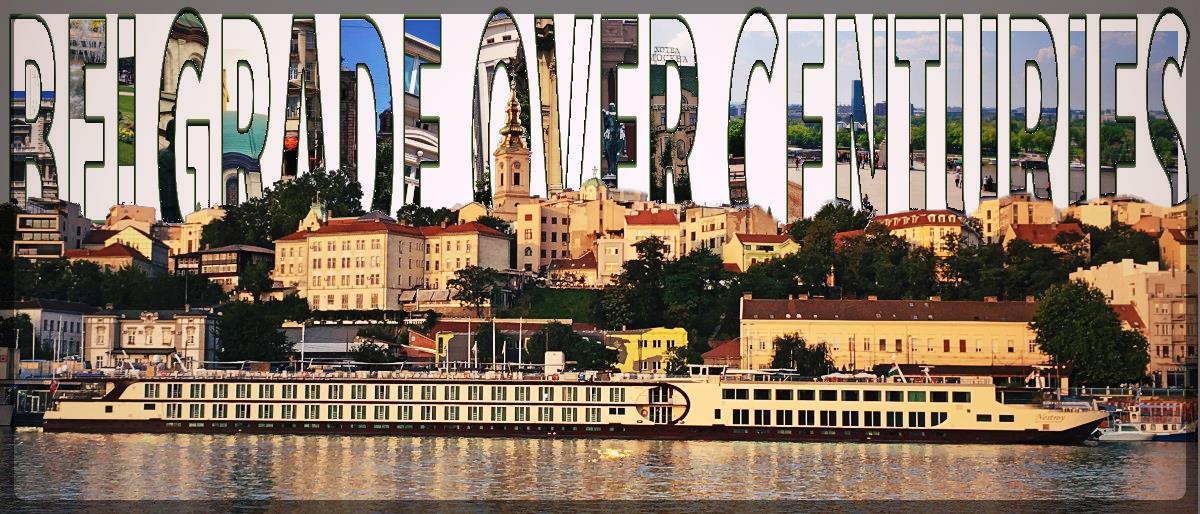Toponym "Beograd" (eng. "Belgrade") literally means "White City", from ser. "Beo" (eng. "White") and ser. "Grad" (eng. "City").
"I call it 50 shades of gray. There are lots of gray buildings, but with different shades. It was fascinating for me", said Massimo from Italy describing the facades he saw in Belgrade.
And that is true, and funny regarding the origin of the name which suggests that it should be white all around. Some of the buildings are in desperate need of restoration, but even so, the truth is that the majority of the present city structures (built from the late 19th and throughout the 20th century) were originally painted that way.
The Slavic name of the city appears in the 9th century. Before that, Belgrade was known by the Roman name of "Singidunum", derived from Celtic "Singidūn", as it is commonly considered that it was founded by the Celtic tribe of Scordisci in the 3rd century BC (year 279). Celtic tribes invaded Greece in 279 but ultimately were forced to retreat losing the battle at Delphi. Parts of these Gallic groups returned to the north of Balkan peninsula, and settled at the confluence of the rivers Sava and Danube.
It is believed that the original Celtic name of "Singidūn" symbolized "fortress/town of some kind", as the noun "dūn" meant "fortress/town". However, the origin of the noun "Singi" is still vague. It may refer to the Thracian (or Dacian) tribe who lived in this region, but in 279 BC they were settled a little bit further to the north, so in that case the name "Singidūn" should have been invented later, when all these tribes mixed up on the property of today's Belgrade.

After the city was conquered by the Romans, it got a romanized name of "Singidunum". In the late 9th century we have first written proofs of the Slavic name "Beograd", probably due to the white color of the walls that surrounded the city. Occasionally, the name was translated to various languages, e.g. lat. Alba Graeca (Greek White City), ger. Griechisch Wiessenburg (Greek White Castle or Town), ita. Castelbianco (White Castle), and hun. Nándorfehérvár (Bulgarian White Castle or Town).
For the first time Belgrade appears as the Capital City of one of the Serbian states in 1284 (until 1325), during the realm of King Dragutin. After that, in 1405 Despot Stefan Lazarević moved the Capital of the Serbian Despotate to Belgrade (until 1427). From 1841 until 1878, the City of Belgrade was the Capital of the Principality of Serbia. From 1878 it was the Capital of the Kingdom of Serbia (until 1915). From 1918 through 1941 Belgrade was the Capital of the Kingdom of Serbs, Croats and Slovenes (from 1929 Kingdom of Yugoslavia). From 1945 to 1963 Belgrade is the Capital of the Federal People's Republic of Yugoslavia, and from 1963 to 1992 of the Socialist Federal Republic of Yugoslavia. From 1992 until 2003, Belgrade served as the Capital of the Federal Republic of Yugoslavia, and from 2003 through 2006 of Serbia and Montenegro. From 2006, Belgrade is the Capital of the Republic of Serbia.
The importance of Belgrade in geopolitical and commercial sense throughout the history is great. It seemed as if everyone claimed rights over it. So, beside Serbs, there were 12 different rulers of Belgrade: Celtic tribes, Roman Empire, Byzantine Empire, Huns, Ostrogoths, Gepids, Avars, Bulgarian Empire, Hungarian Kingdom, Ottoman Empire, Habsburg (Austrian) Monarchy, and Nazi Germany.
The keys of the city of Belgrade were finally and officially given to the Serbs, and their ruler Knez (Prince) Mihailo, by the Turks in 1867, after Serbia's long-lasting struggle for freedom in the 19th century. Read more about it in a separate article "An Inciden Bound to Happen".
Belgrade is the place where one of the most important events that shook the world was plotted, which led to the outbreak of the first major global conflict, i.e. World War I - the assassination of archduke Franz Ferdinand in Sarajevo, in 1914. Read more about it in a separate article called "Golden Beluga Bar - Turning Point in World's History".
In the time of Serbian Despotate and Stefan Lazarević (early 15th century) Belgrade's estimated population was around 50 000. For comparison's sake, it was more or equal to the number of people that lived in London. By the testimony of Evliya Çelebi, famous Turkish Ottoman explorer, in the 16th and 17th century Belgrade's population rose to 90 000 inhabitants. Thus, a true spirit of cosmopolitanism is sensed throughout the city, from the old times until the present day.
Today, with its 1.5 million inhabitants (and 2 million in wider area), Belgrade is the second most populated city in the Balkans (after Istanbul). It is also one of the biggest cities in South-Eastern Europe (more-less comparable in size to Bucharest, Budapest and Vienna). Belgrade is an unofficial capital of nightlife and urban style, and the most important cultural, economic and political center of the ex-Yugoslav region, and one of the most important centers in the whole Balkan region.
 English (United Kingdom)
English (United Kingdom)  Srpski latinica (Srbija)
Srpski latinica (Srbija) 


